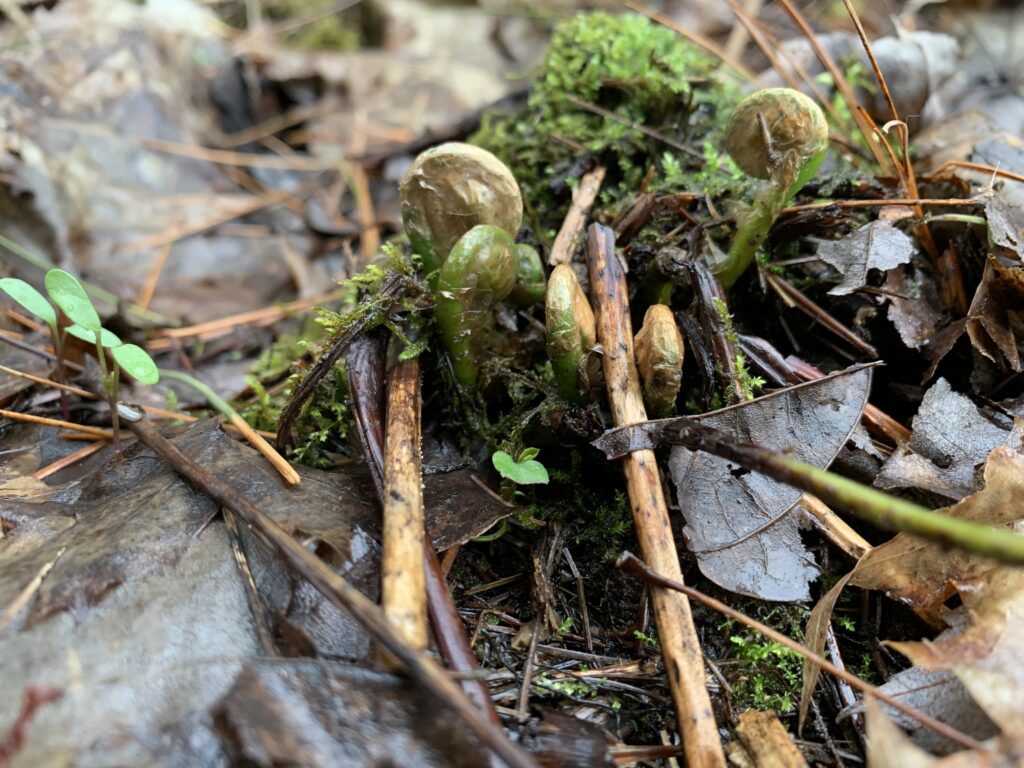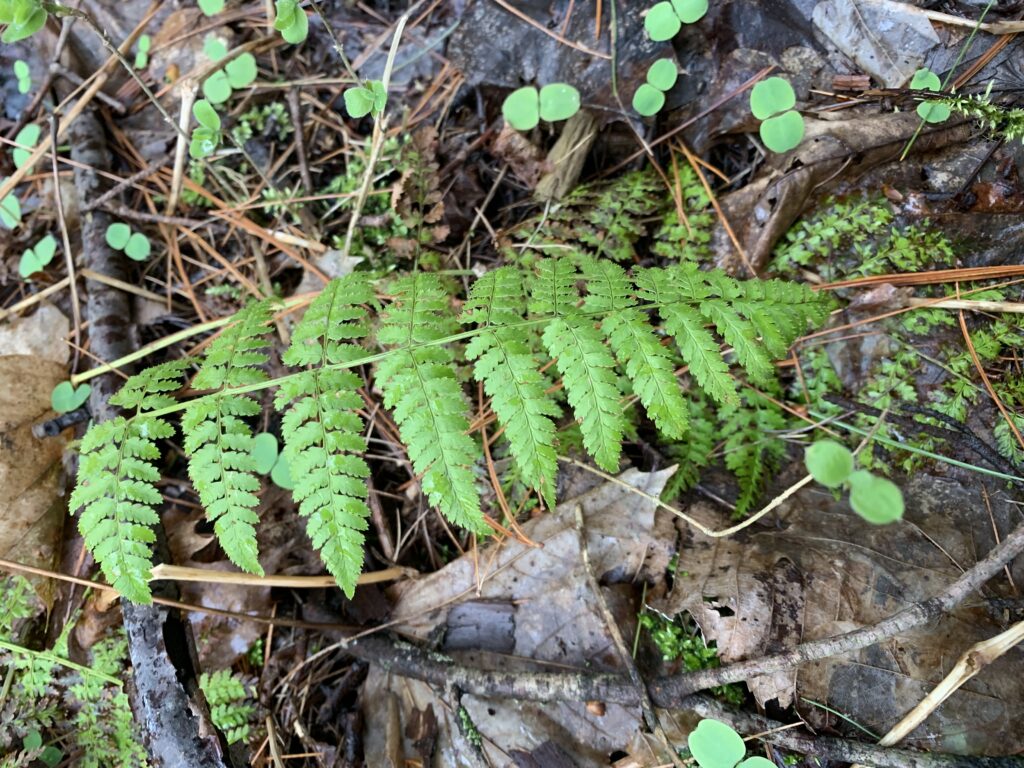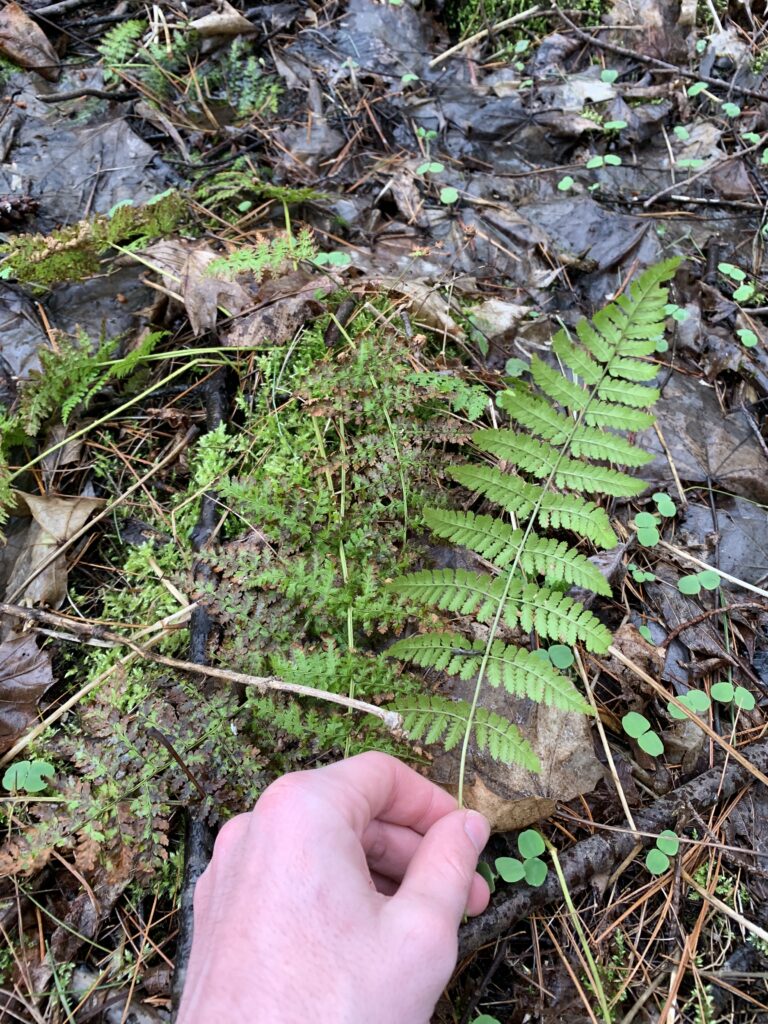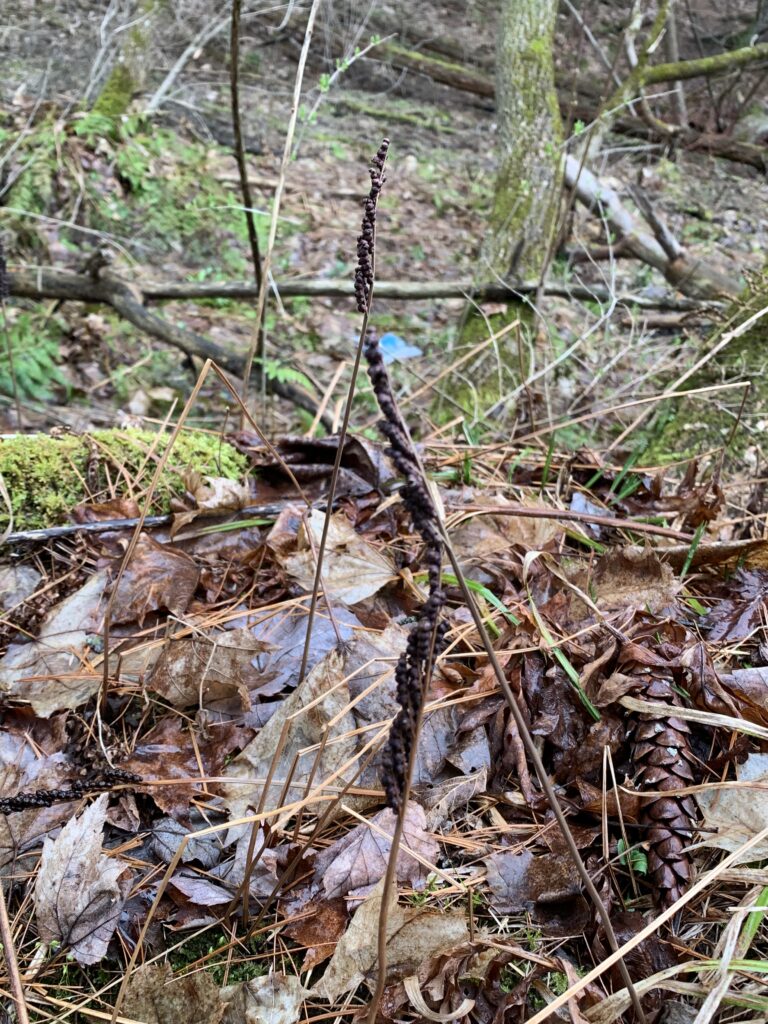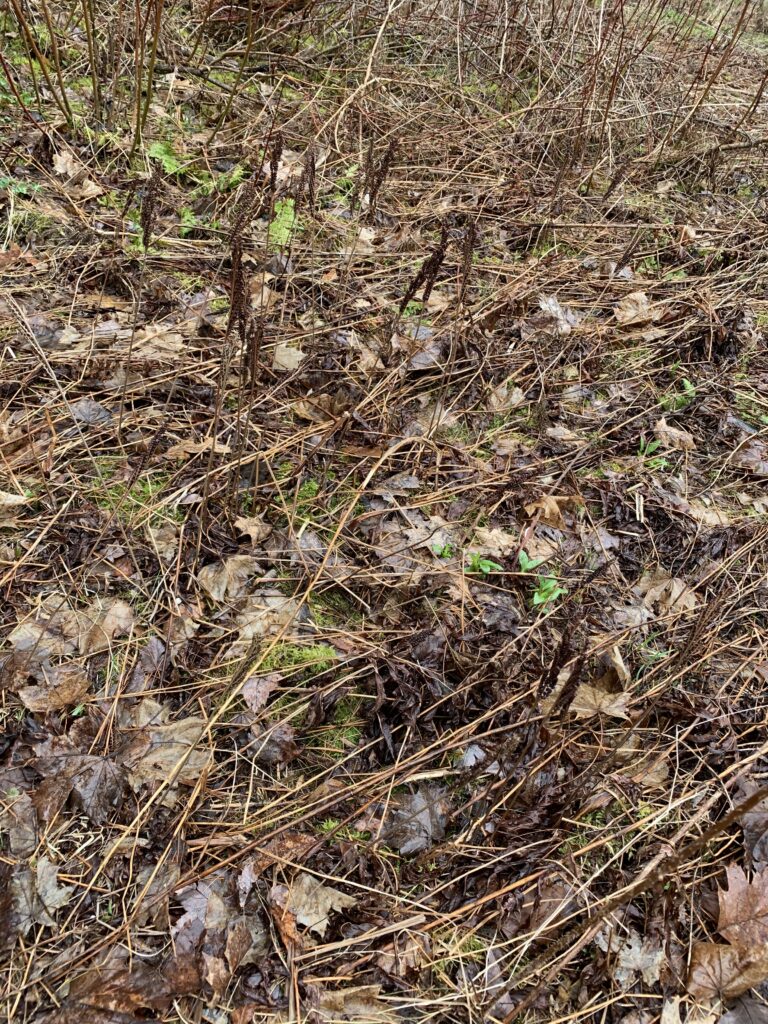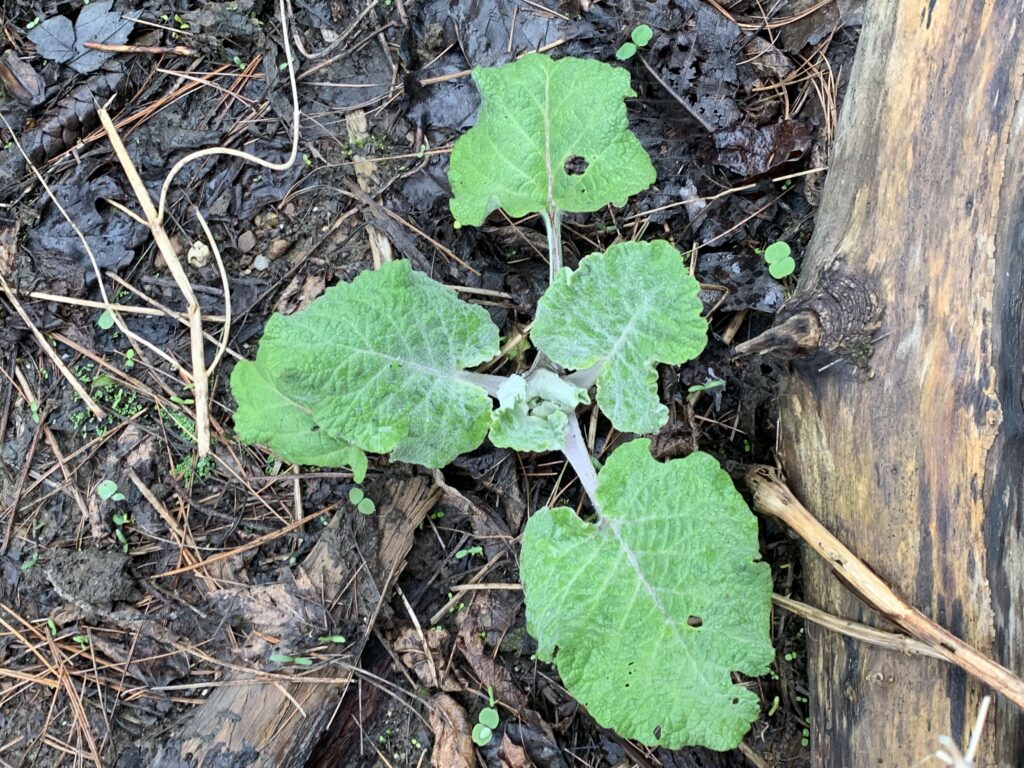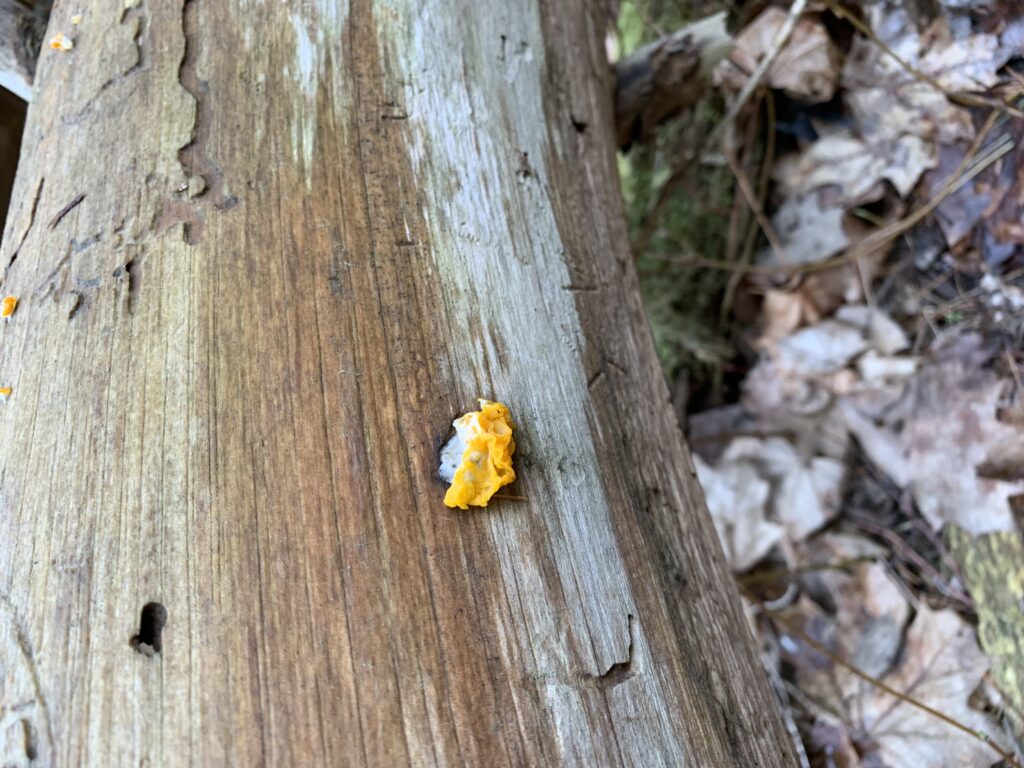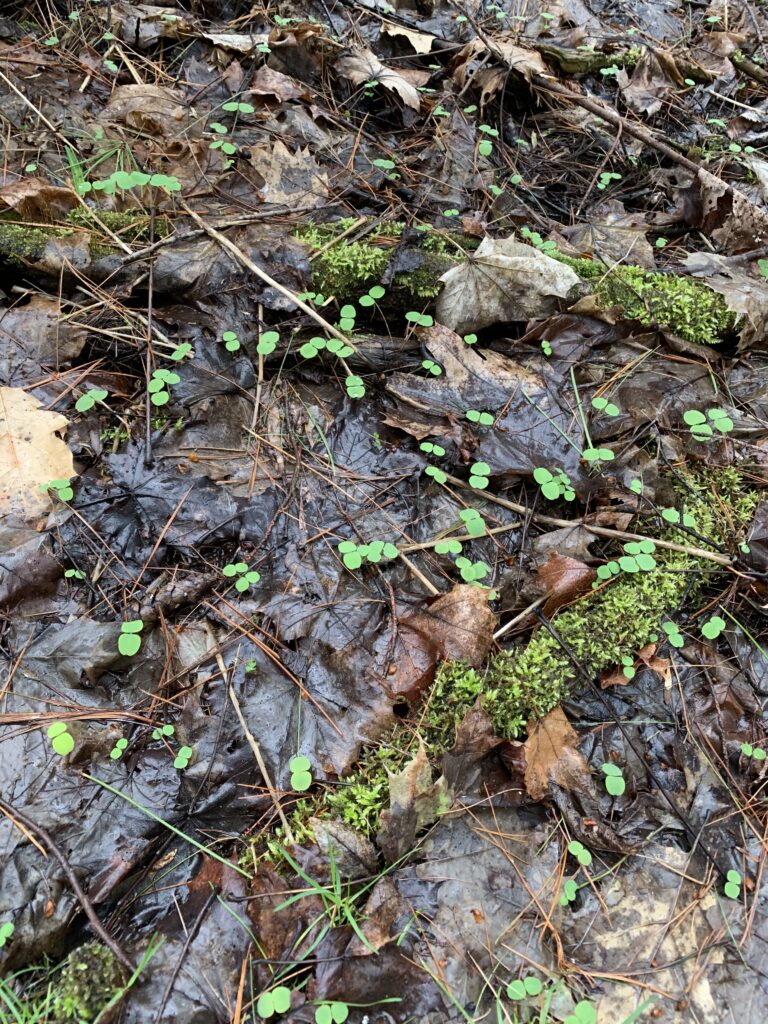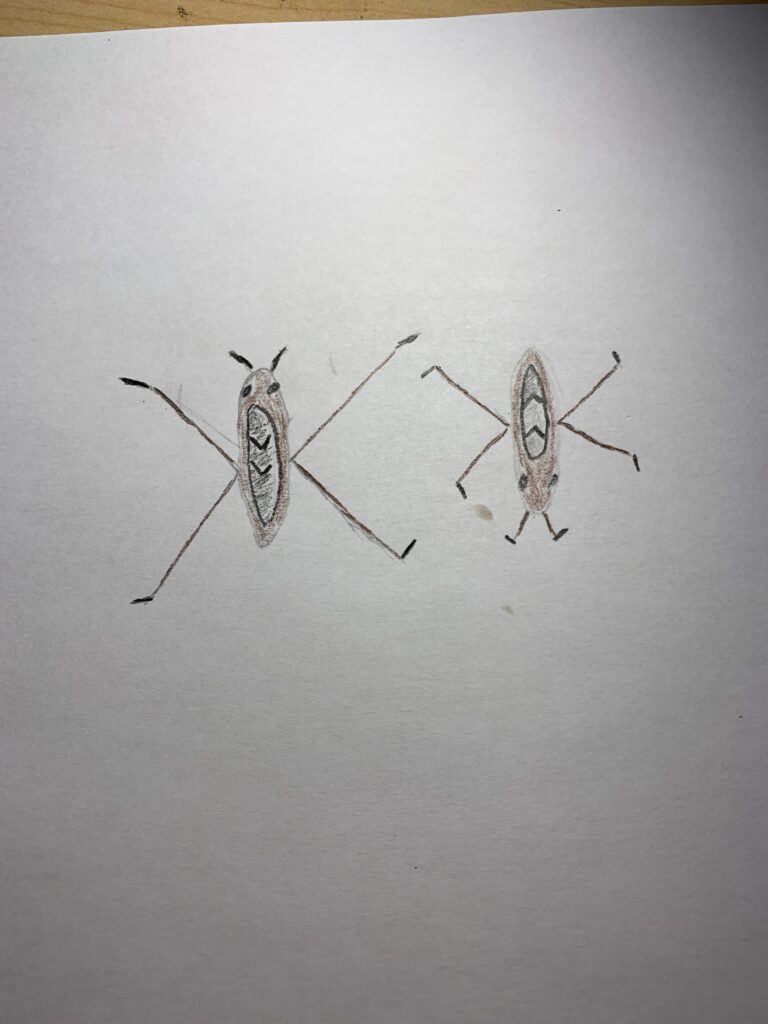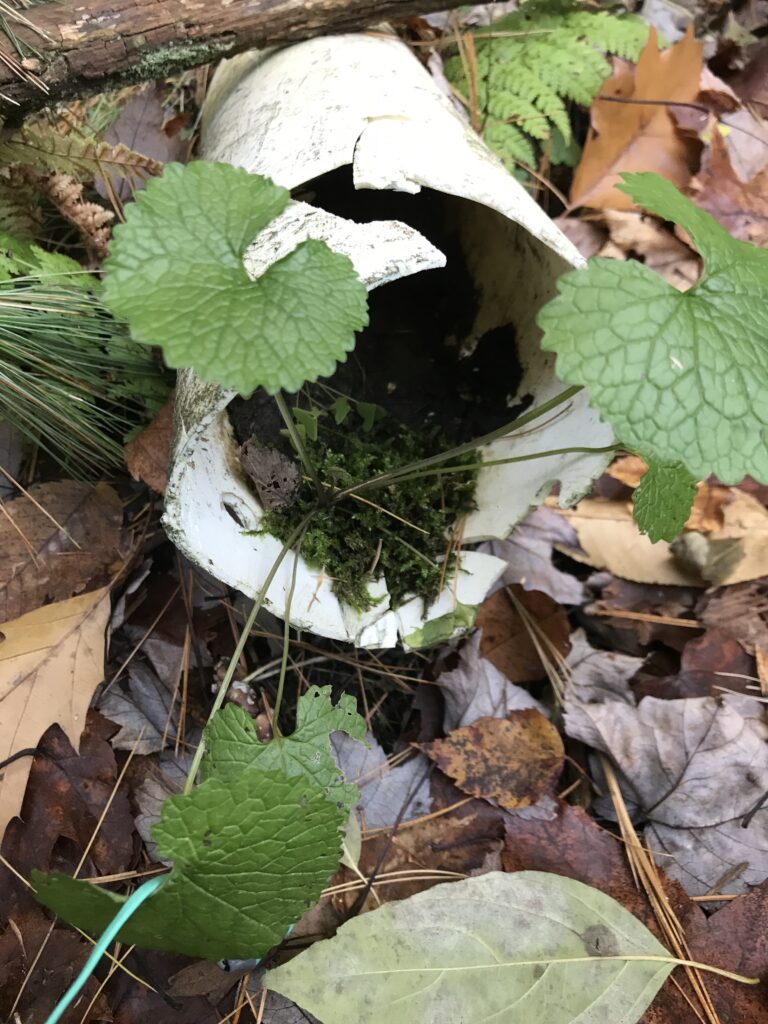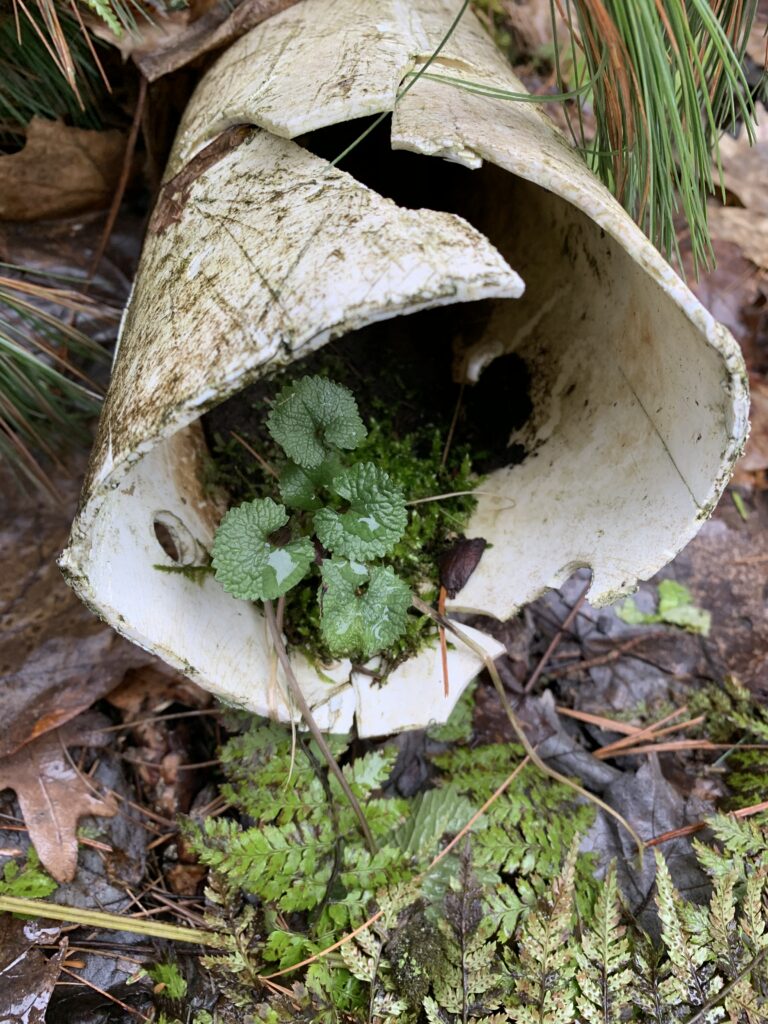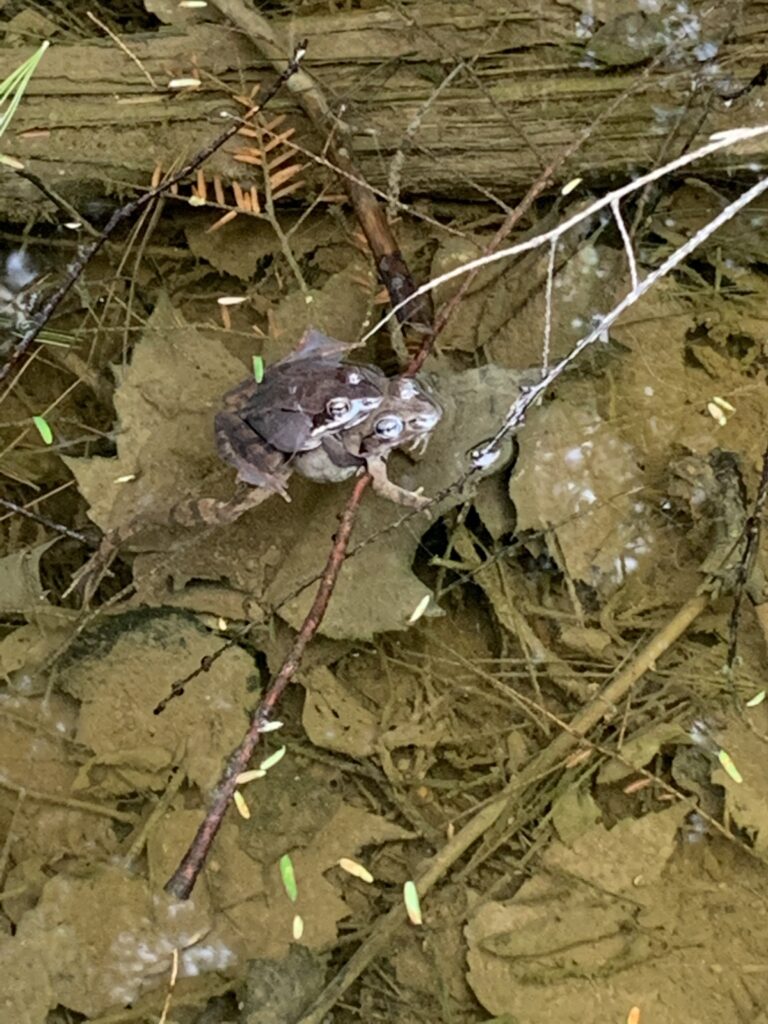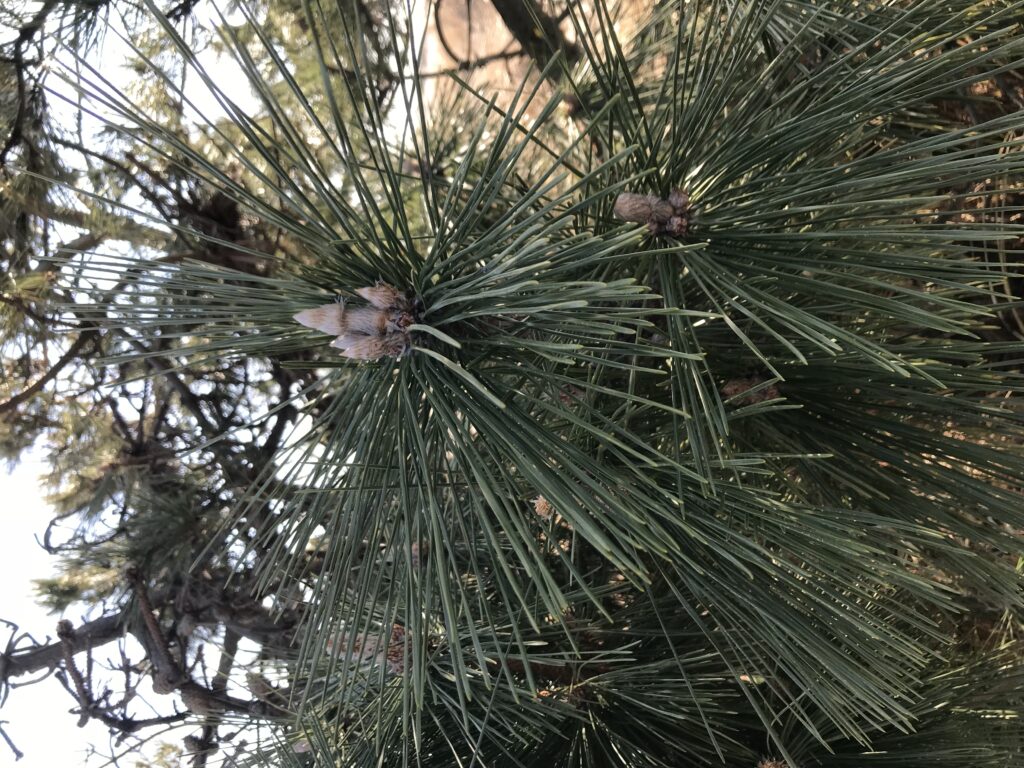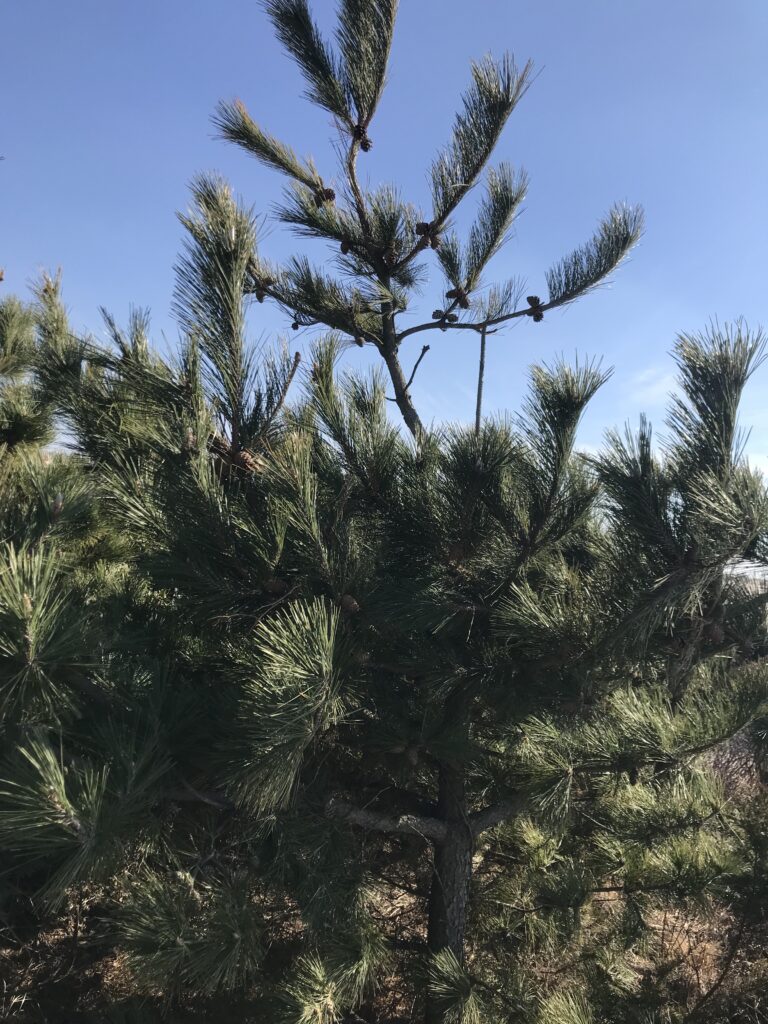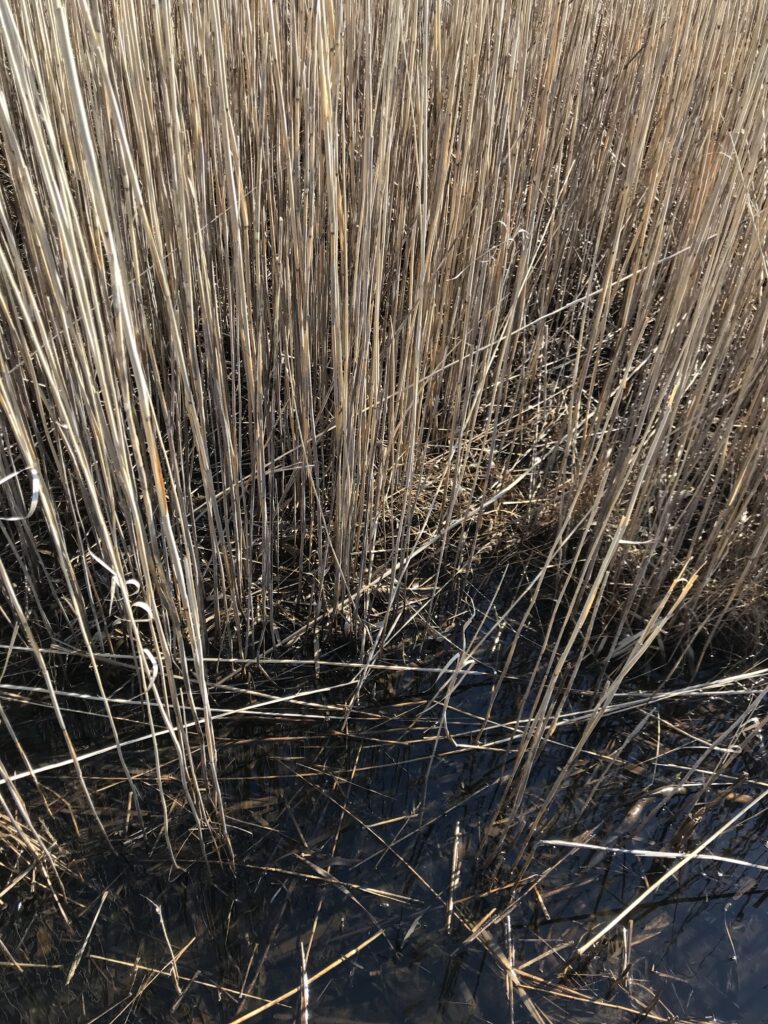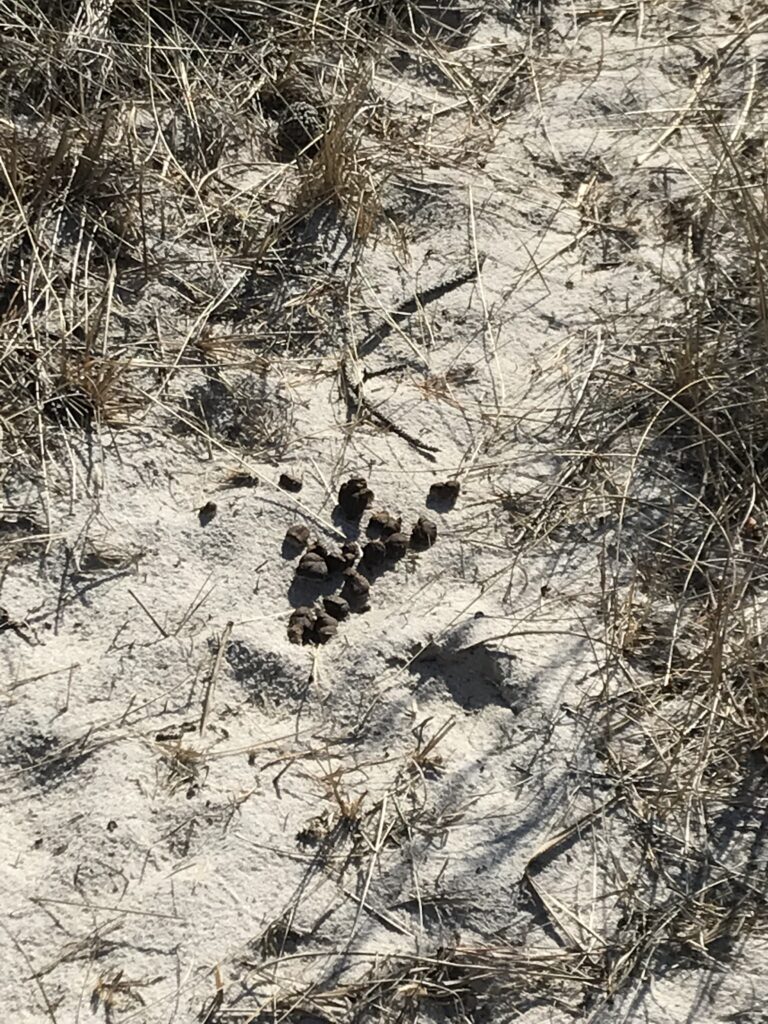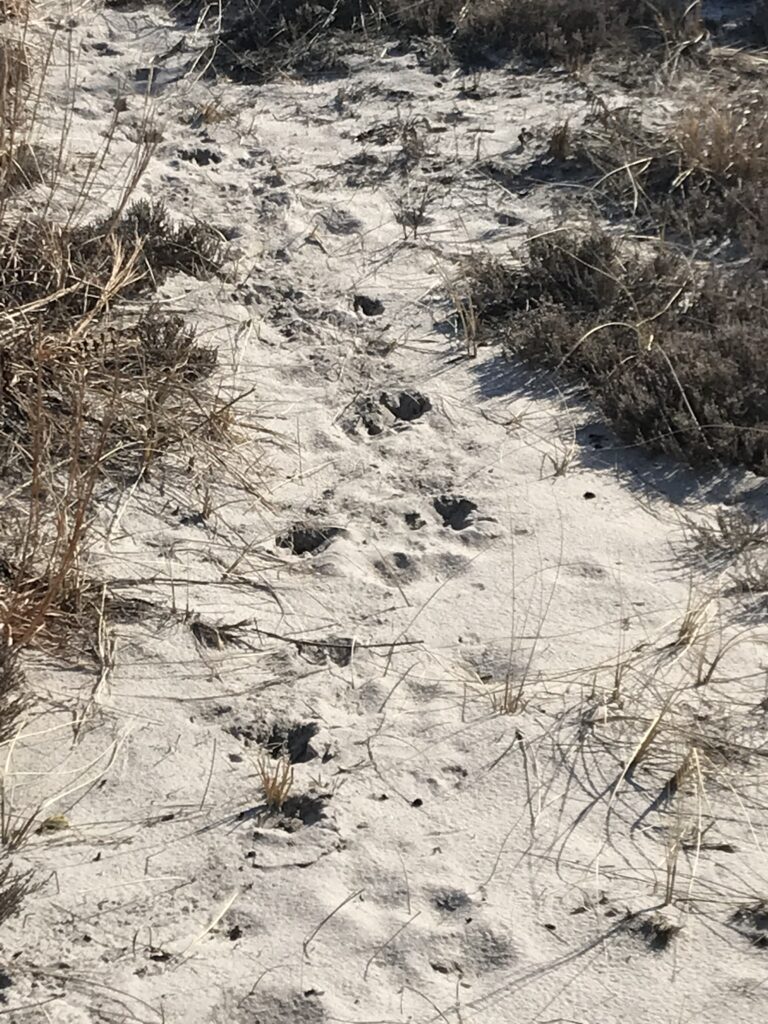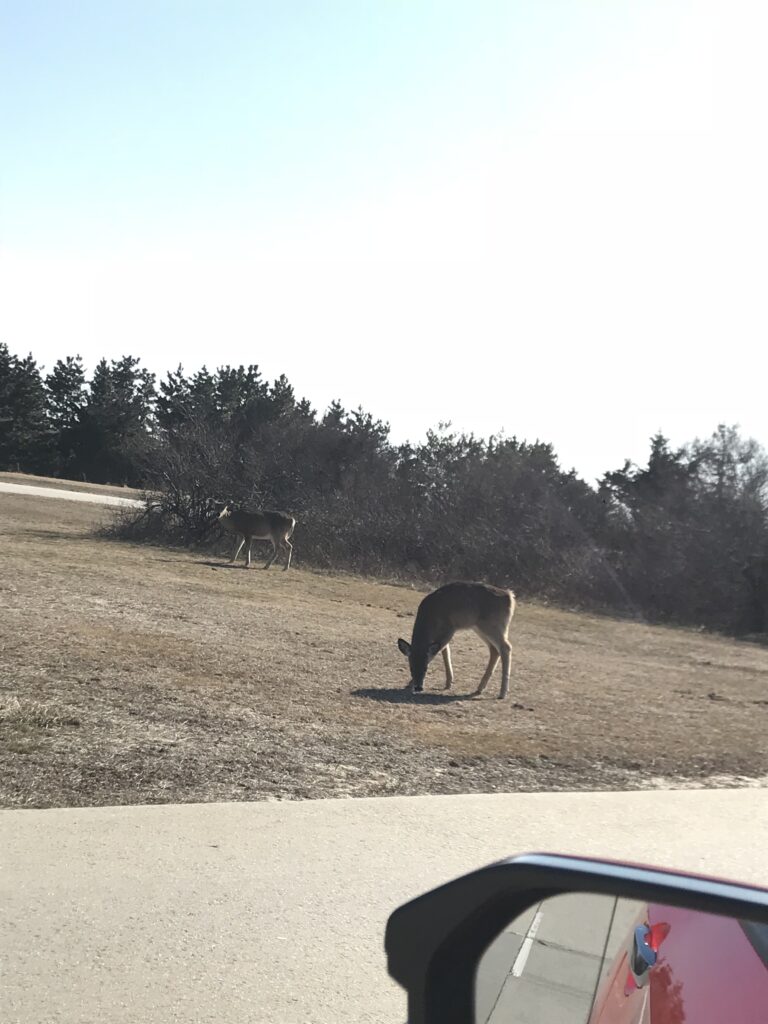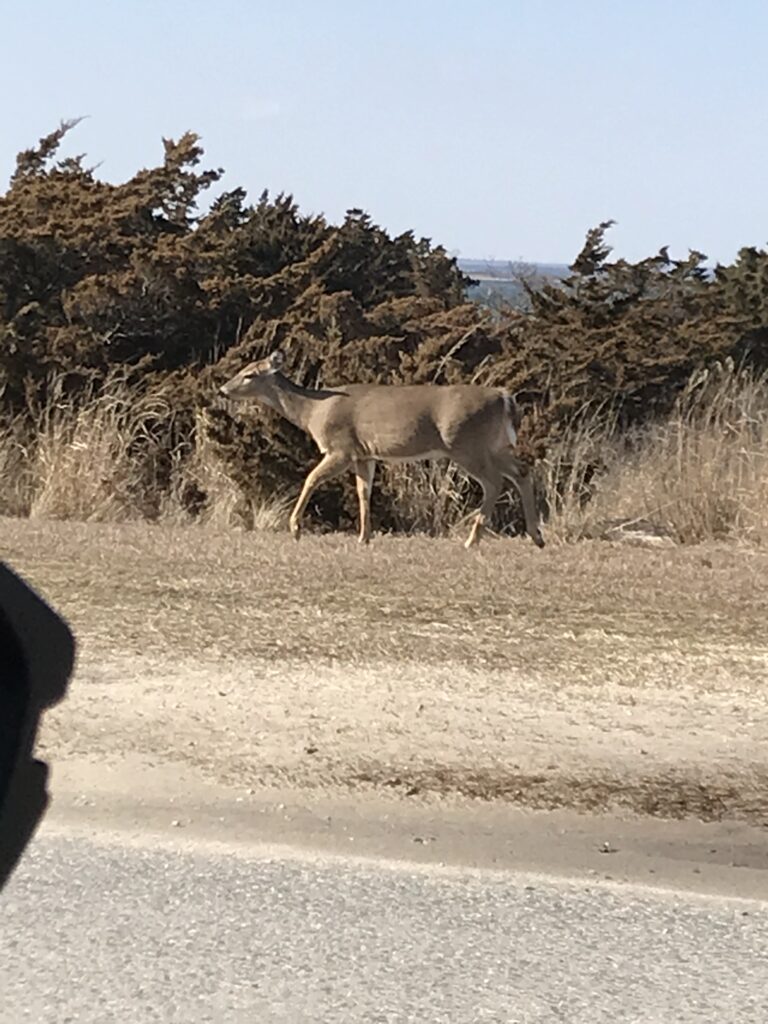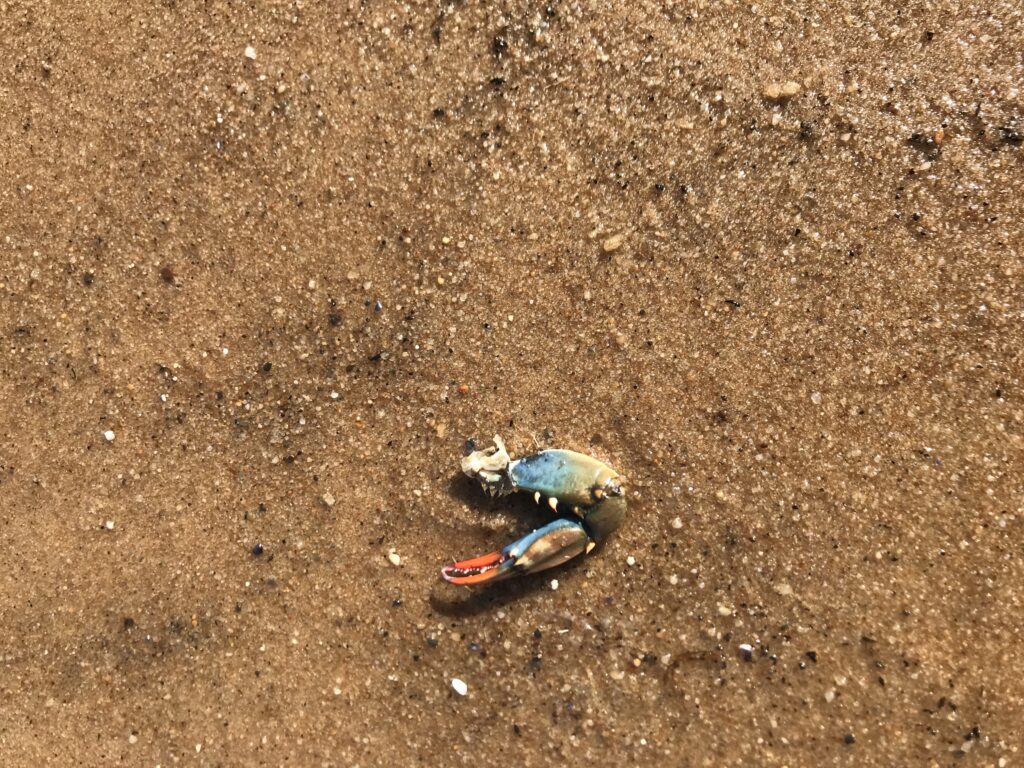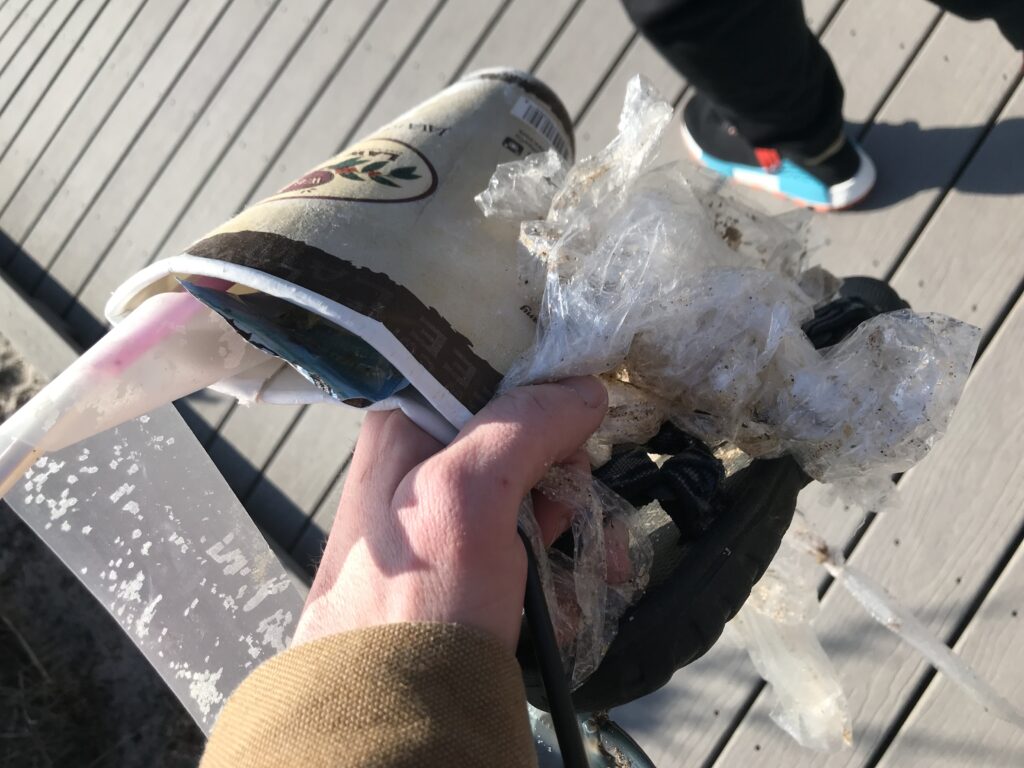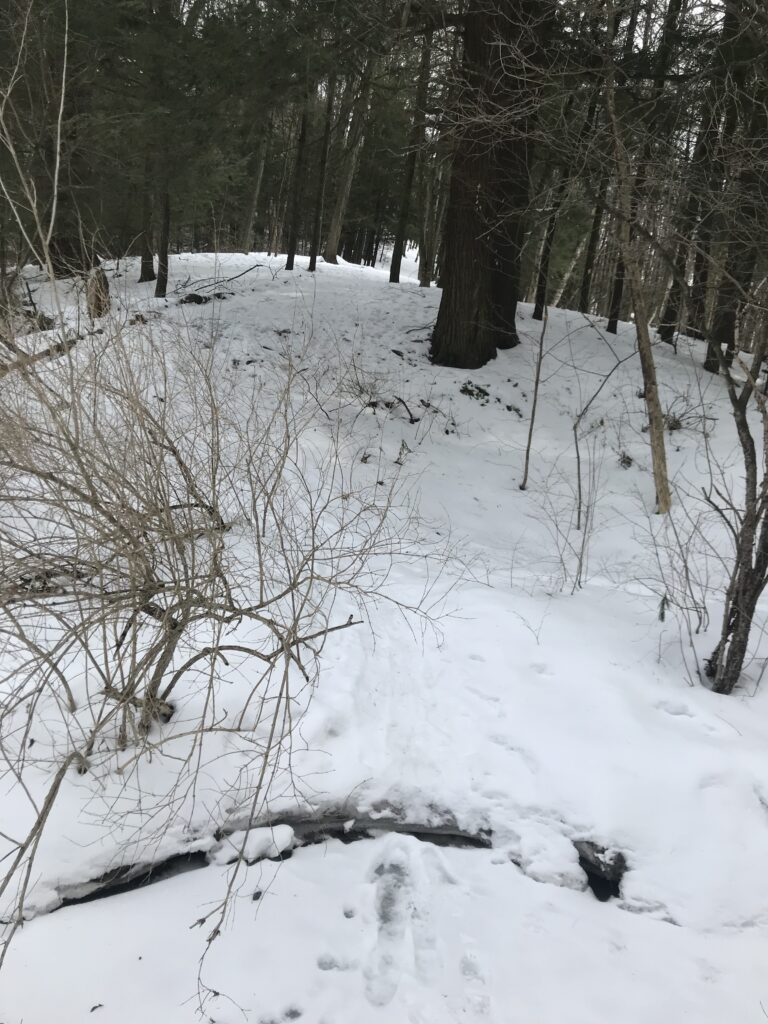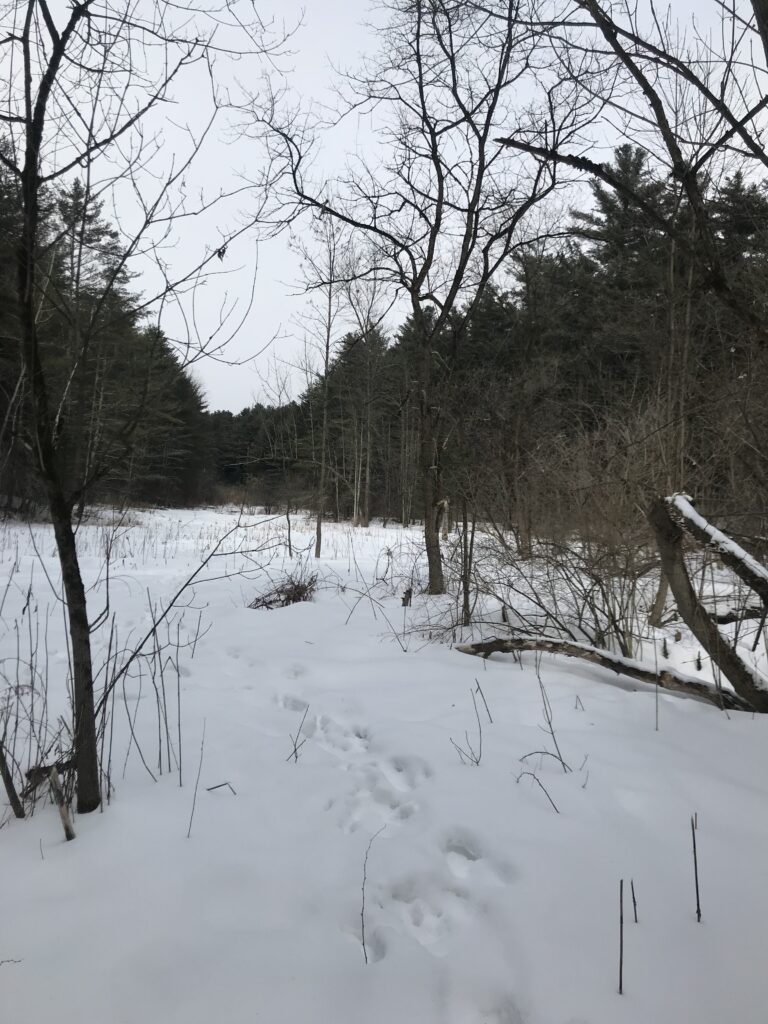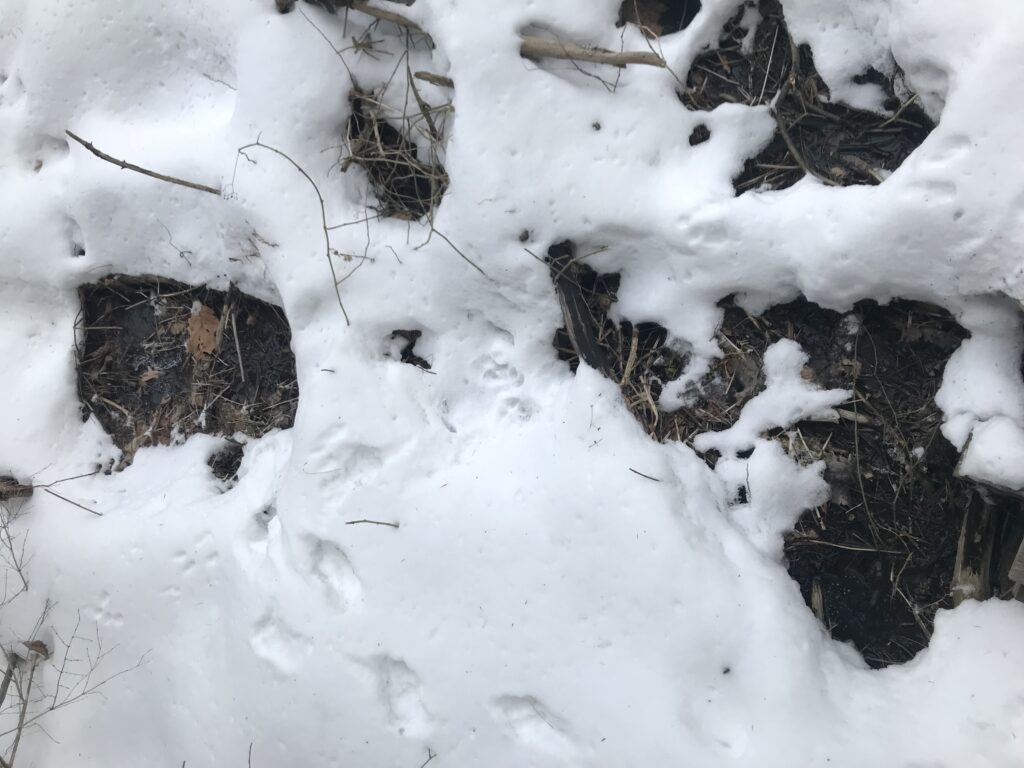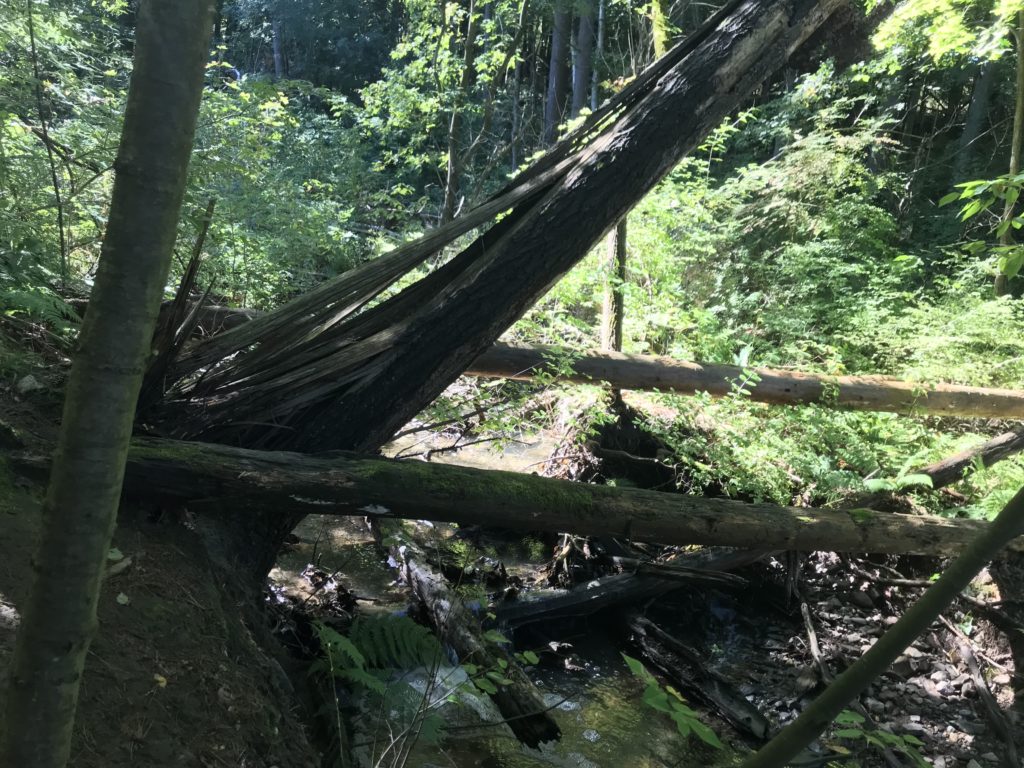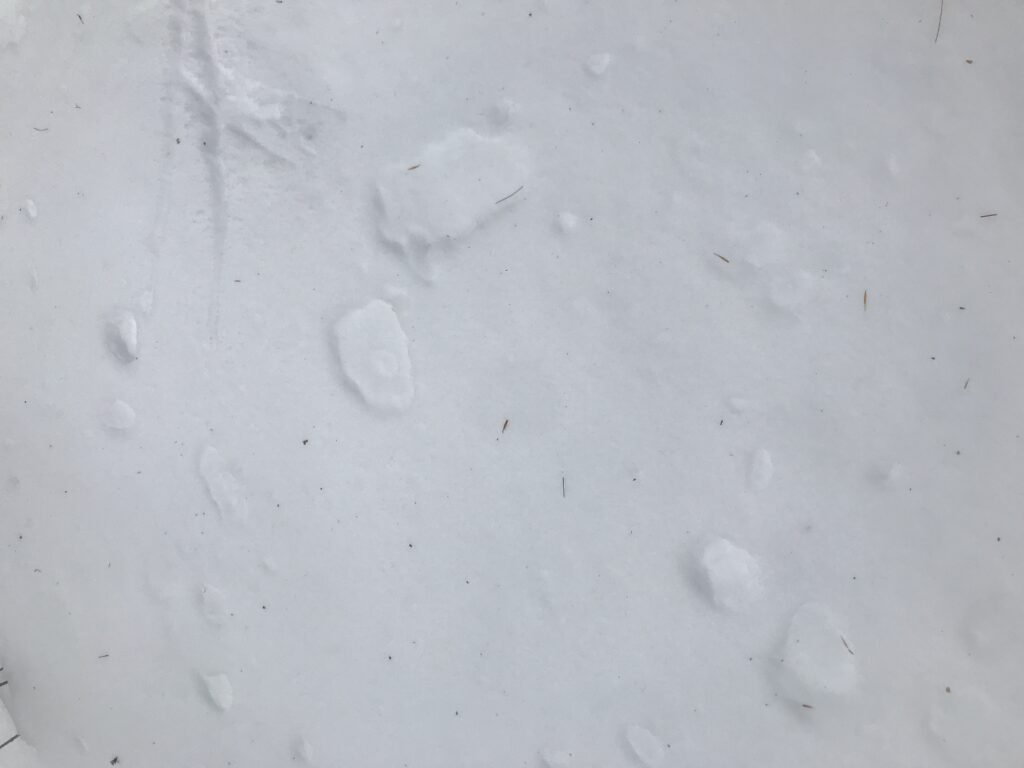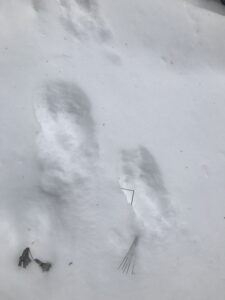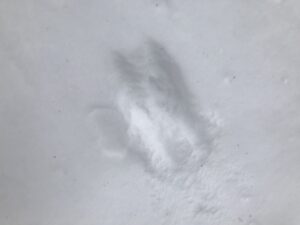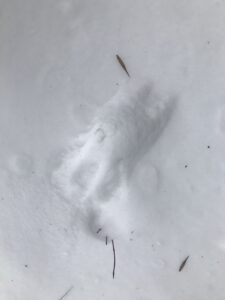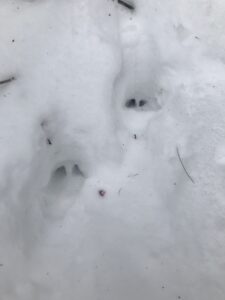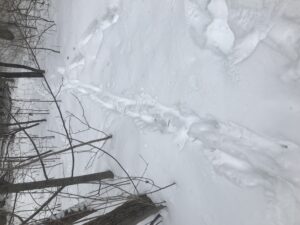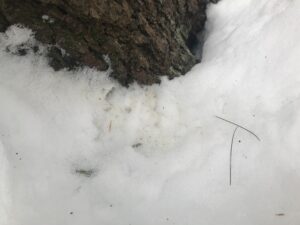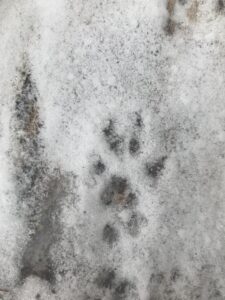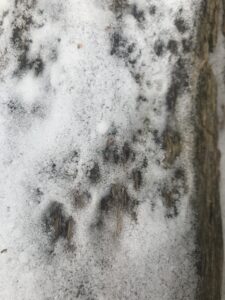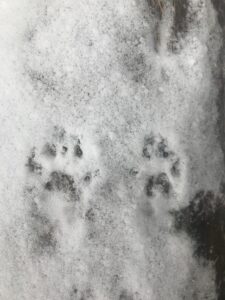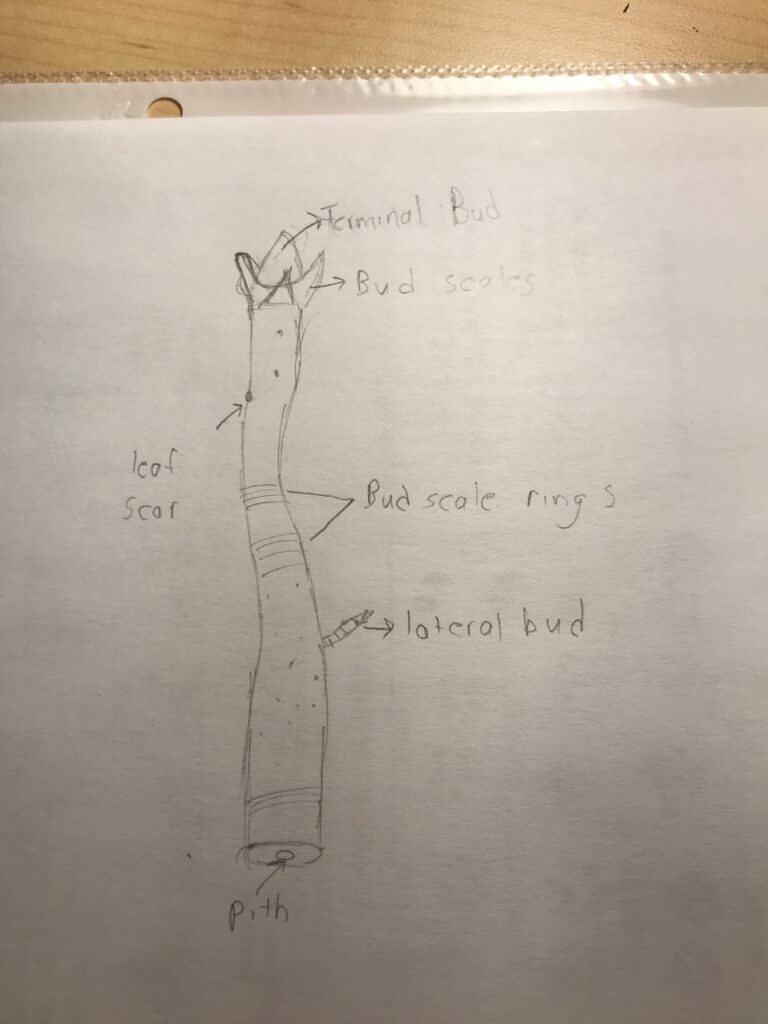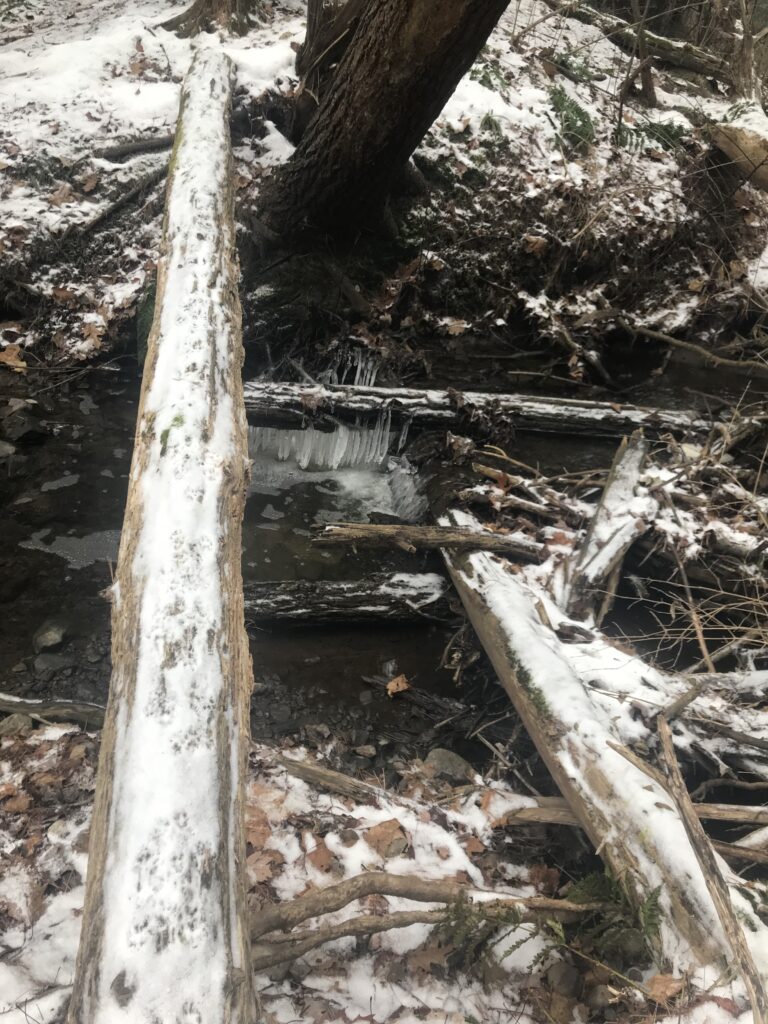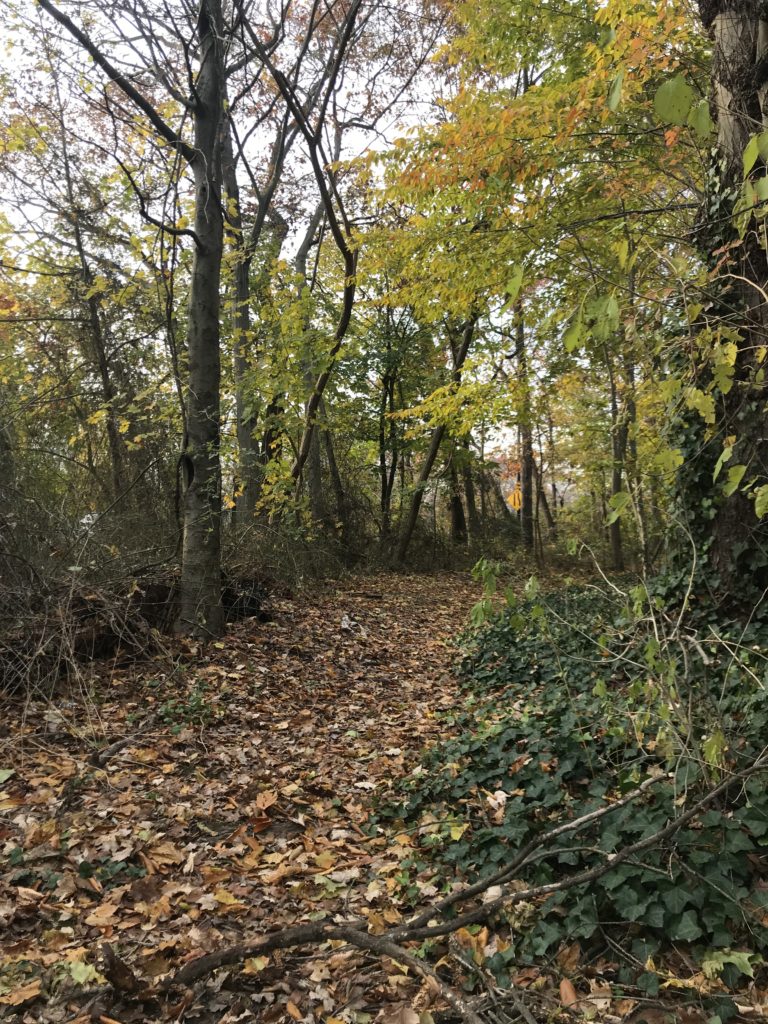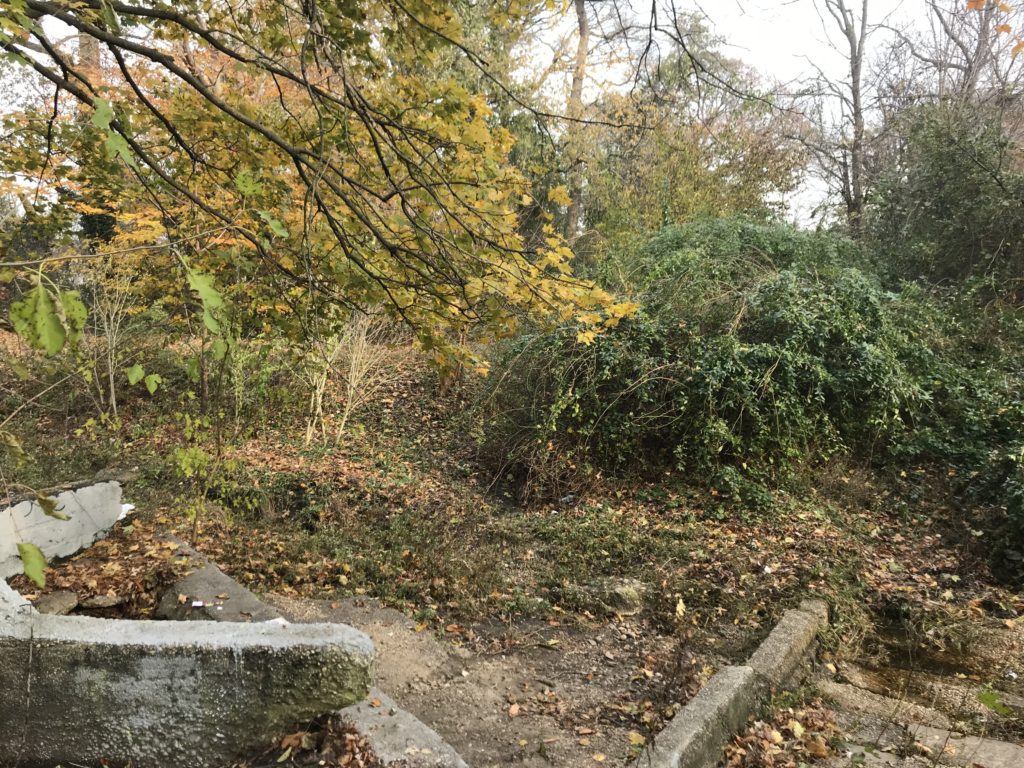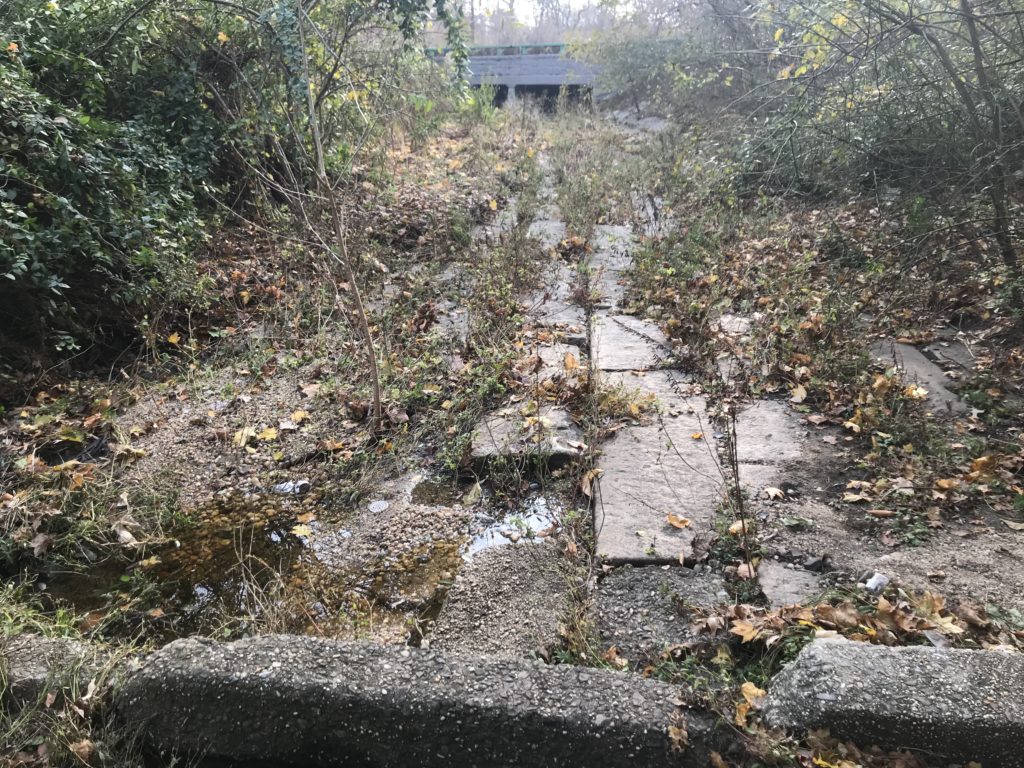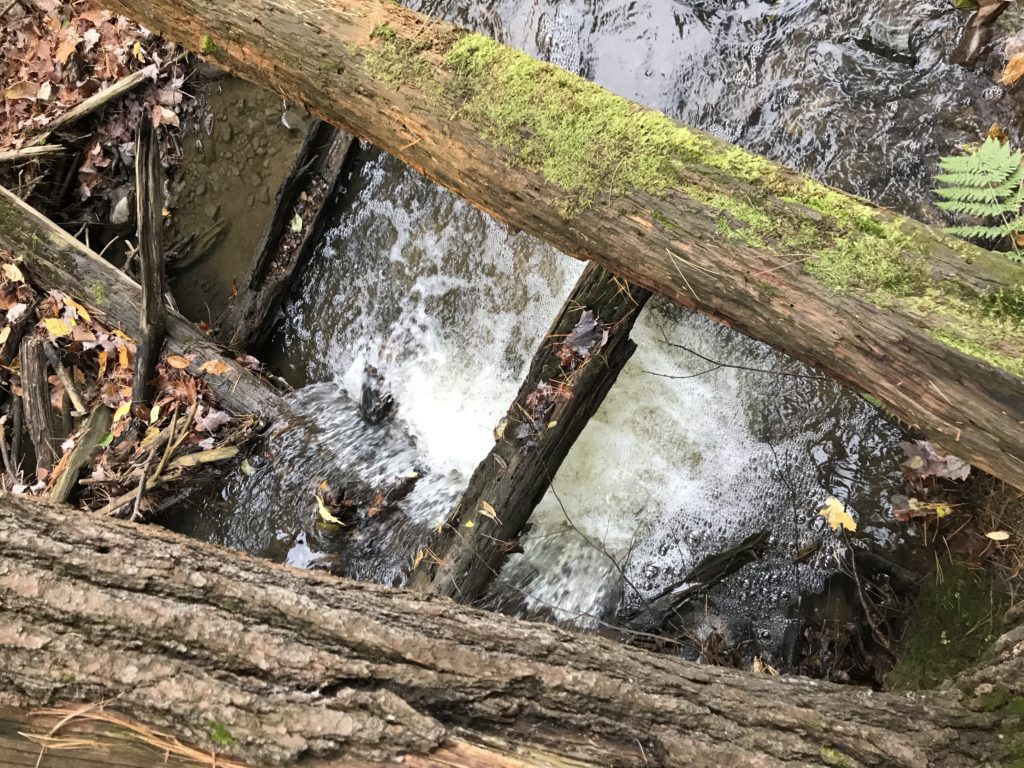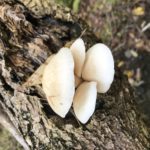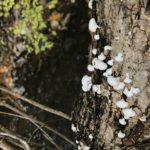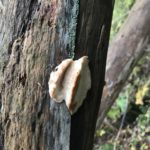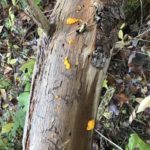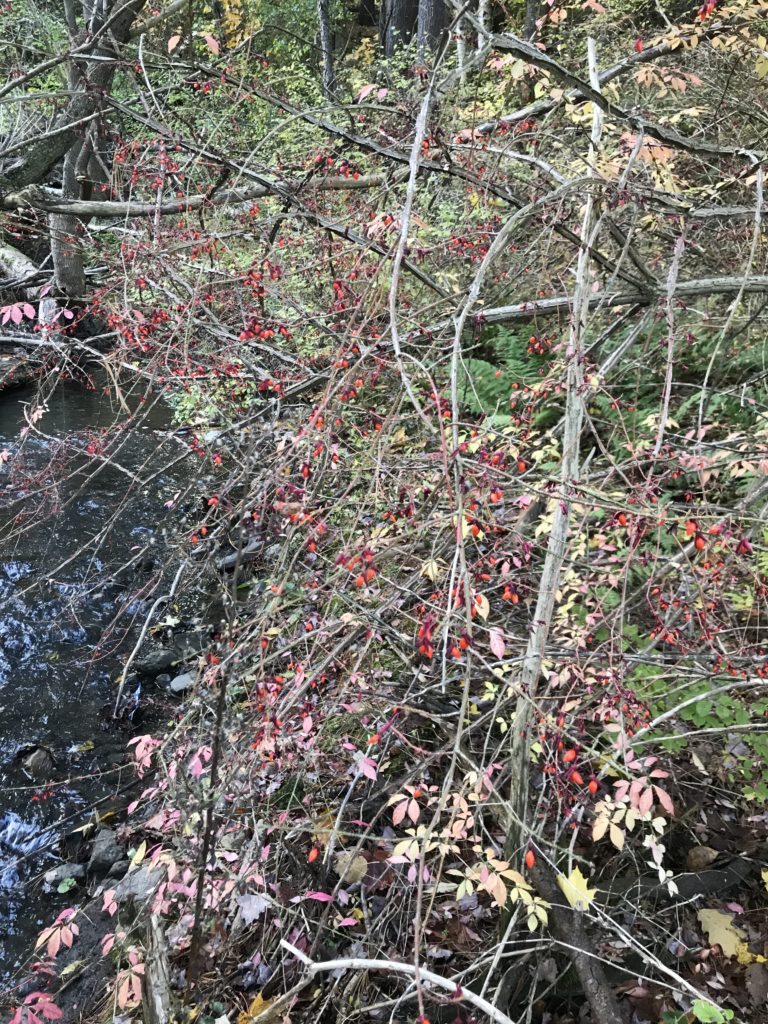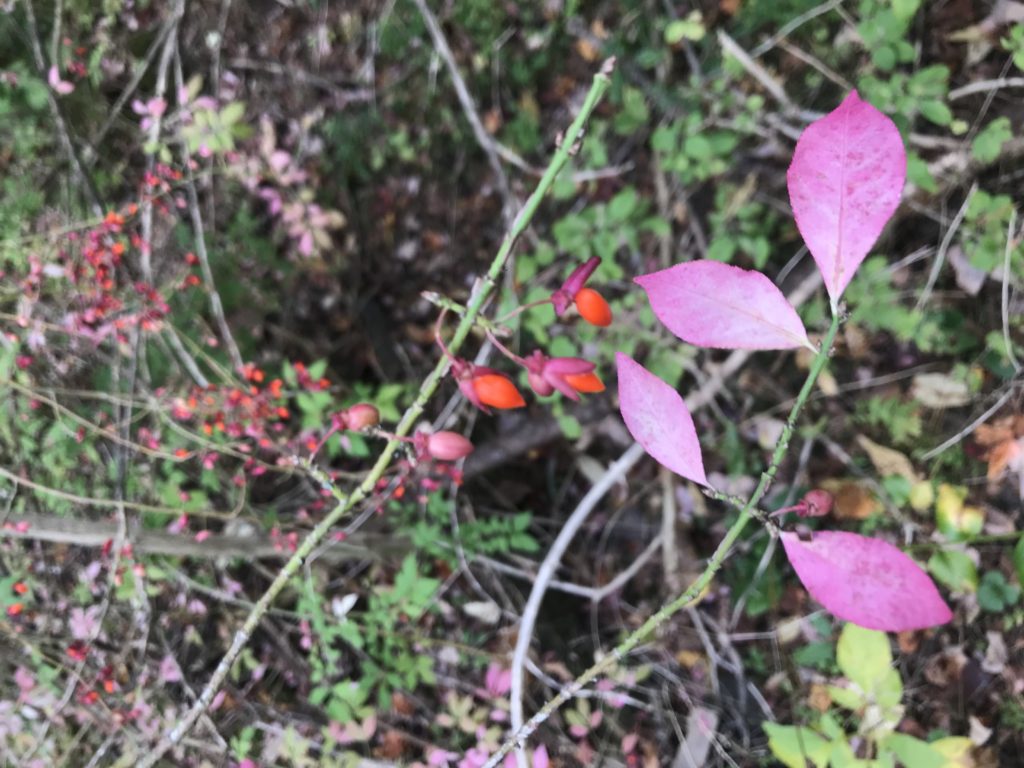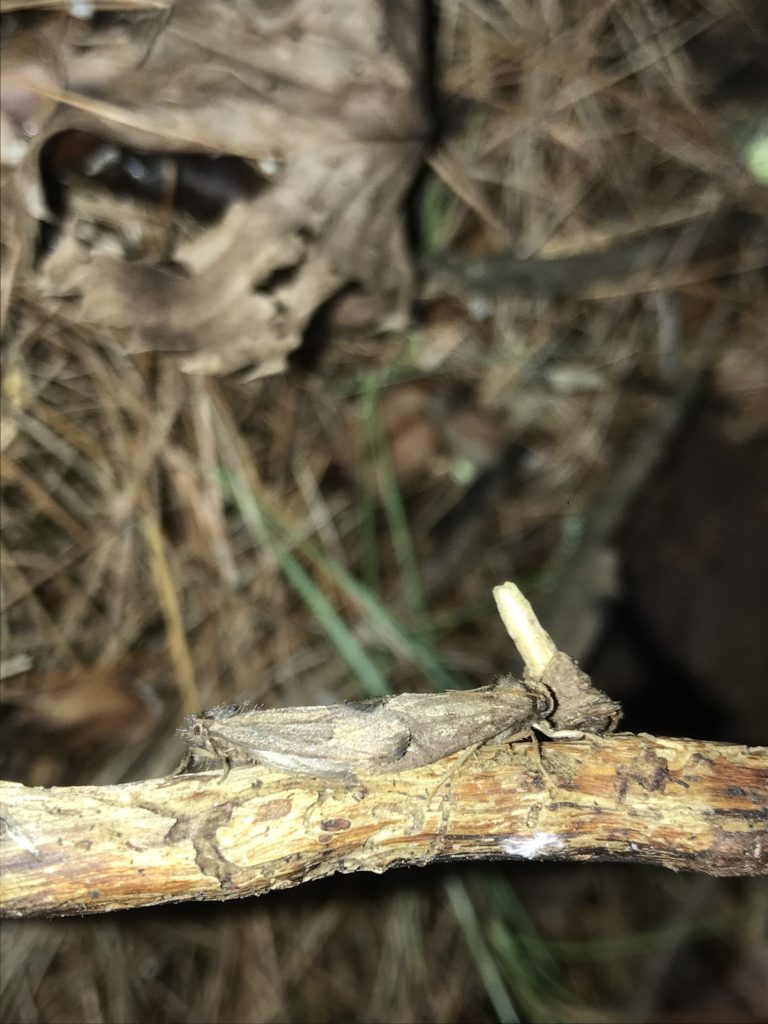As I took my last visit to my phenology location for the year to observe the continued greening of Centennial Woods I reflected on the connectedness of nature and culture on my site and in Centennial as a whole. Throughout the year I observed a plethora of hikers in and near my location. In particular, my location is a hot spot for dogs being that Centennial Brook is very shallow and relatively calm here; there were numerous times throughout the year when a gleeful dog would be splashing around playing in the brook. On one particularity occasion I was on the floodplain side of the brook when a dog came sprinting down the hill of the leveed side of the brook to say hi to me. In terms of Centennial Woods as a whole nature and culture collide in a variety of ways. For example, during the winter I occasionally encountered cross country skiiers riding the paths throughout. A few weeks ago Centennial served as the location for a BioBlitz in which citizen scientists voluntarily cataloged some of the observed species in the woods. More over, having vernal pools attracts curious herpers, such as myself, hoping to encounter some breeding amphibians. Similarly, the high amount of song birds attracts many birders throughout the year.
While the above examples illustrate nature and culture intertwining in non-impactful ways there are certainly examples of their collision in ways that damage nature. For example, throughout the year I found myself carrying various litter out of the woods. Additionally, it appears someone lit trash on fire in my phenology location that spread to some of the surrounding leaf litter.
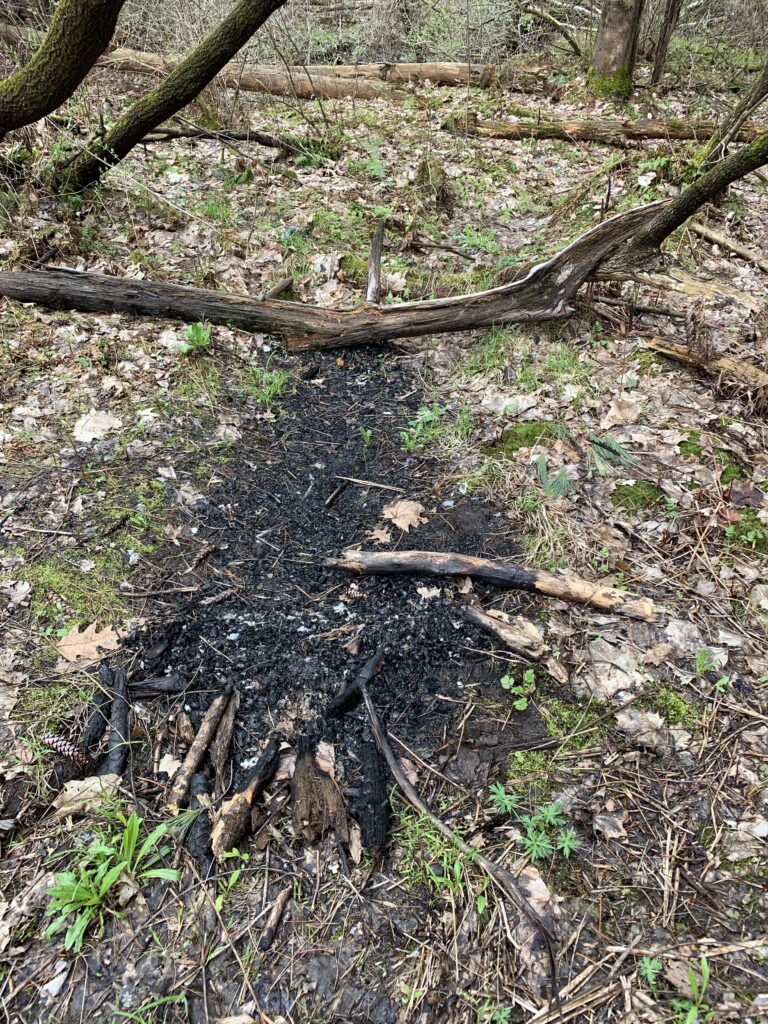
After numerous trips throughout the year I certainly consider myself to be a part of my location. As the year progressed my interest in the location greatly increased; when I first began visiting I found myself simply visiting to get the information to complete the assignment. After a few visits, i thoroughly developed an interest so I began taking the time to make careful observations of everything, including things irrelevant to the assignment. Additionally, I definitely had various impacts on my location even if it was inadvertent. As previously mentioned I picked up litter from my location numerous times. While this is beneficial to the natural community I am very aware of some of the inadvertent negative impacts I had throughout the year from exploring off of the designated paths. Some of these impacts include trampling some small plants and increasing the rate of erosion along the bank of the brook.
Not much has changed in terms of phenology at my location. As expected, the greening affect I observed continues along the floodplain bank. Fiddlehead ferns are slowly becoming more common with there being 5 clusters now as opposed to 1 during my last visit. Additionally, while I could not find the Witches Butter fungus again a new white, fuzzy fungus has grown on some trees. Moreover, a decreased velocity of the brook has brought many more Waterstriders to my location compared to my last visit.

